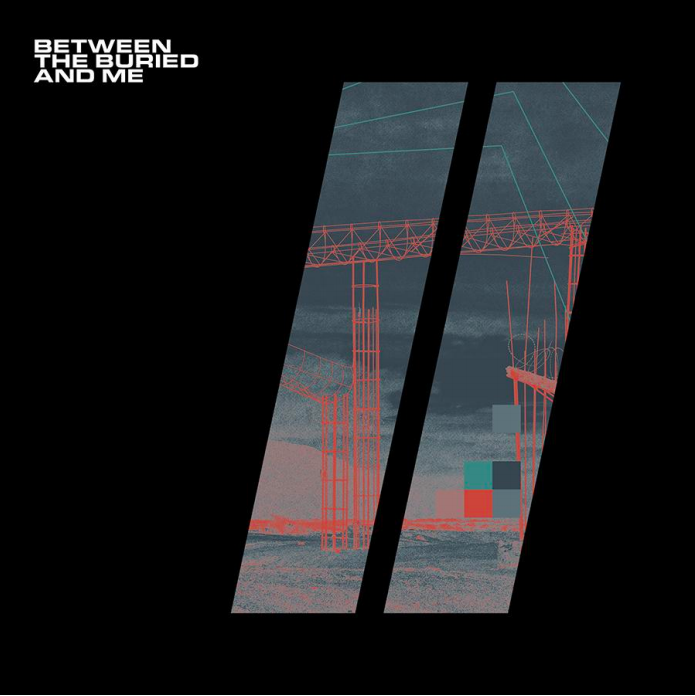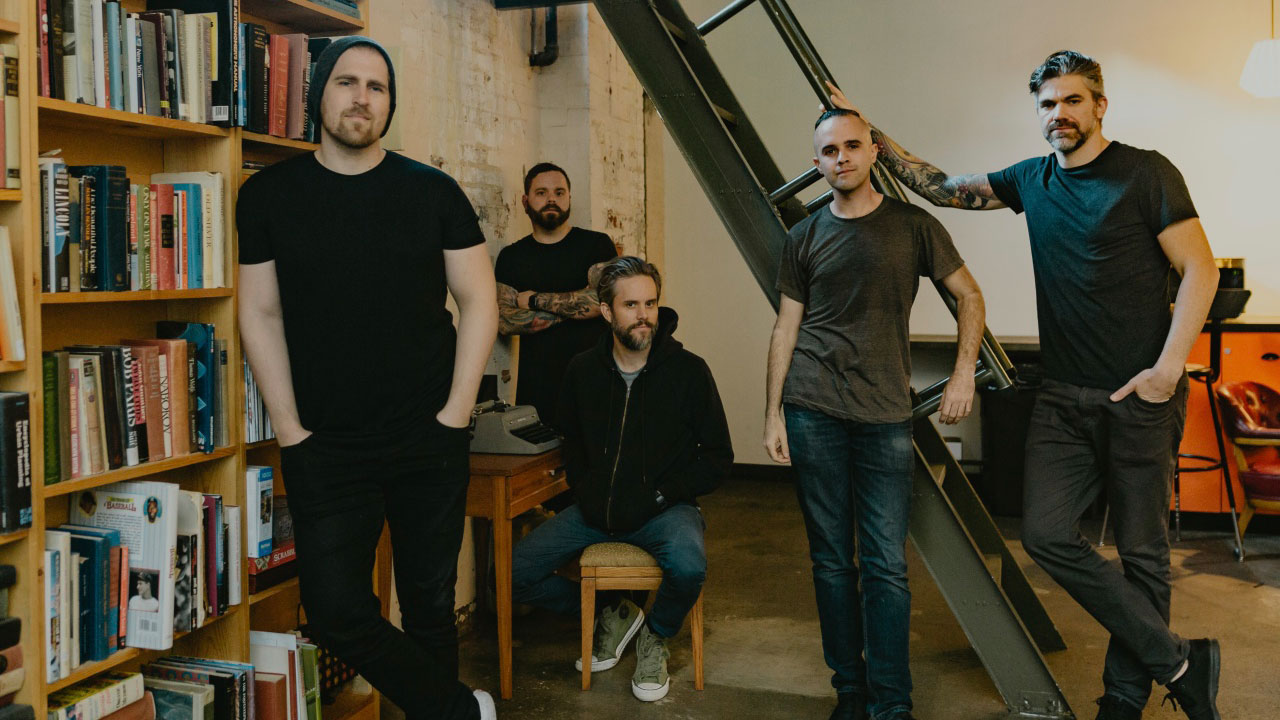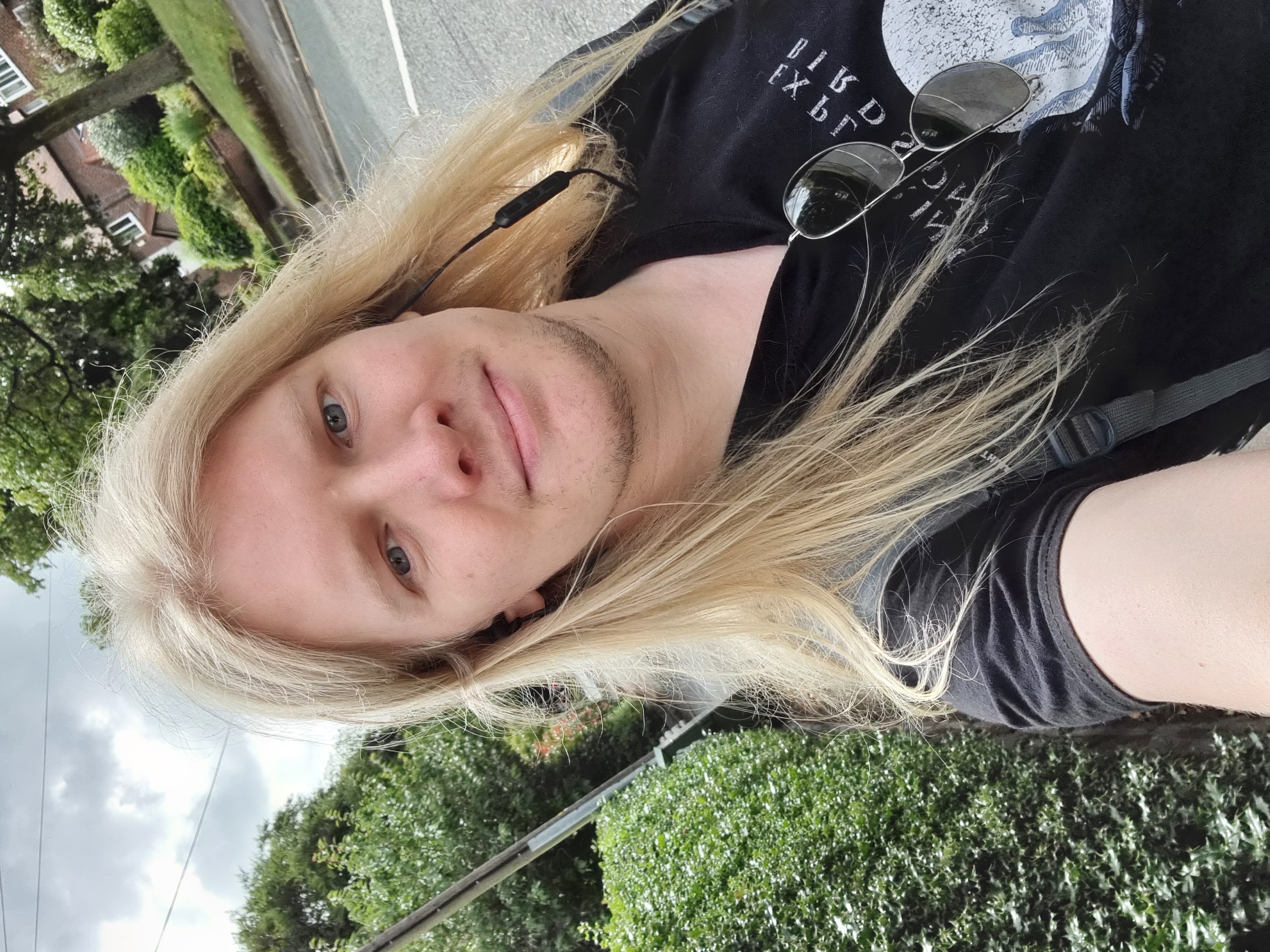It’s been over 14 years since Between The Buried And Me redefined not just themselves as a band, but the way the music world looked at the unification of extreme metal and progressive music. Their fourth album, Colors, came out in 2007, and remains a vivaciously extravagant record, journeying from grinding metal moments through dizzying jazz passages, soulful blues interludes and twanging of country backwaters. It showed that extreme metal could be shot through a progressive lens.
Now, the band have surprised fans with an LP that is very much a spiritual sequel to its predecessor. As vocalist Tommy Rogers and bassist Dan Briggs explain, Colors II was the perfect opportunity for the band to redefine their present day identity against a backdrop of uncertainty and unease.
The news of a Colors sequel came as a big surprise to your fans. What made you feel like now was the time for a follow-up to such an acclaimed record?
Tommy Rogers: We wrote Colors because we were in a place where we really had to find our identity. We didn’t feel like we fitted in anywhere and felt that we had to show the world that we were a band that plays by its own rules, to really show we are who we are. We felt like we were in that same spot with this album – and this timeframe – with the pandemic and where we were sitting as a band. Once again we felt like we didn’t fit in any certain place – we felt we needed to show the world that we’re still here and that this is our identity.
Dan Briggs: The whole thing behind that [first] record was really innocent. I mean, that was basically like a ‘fuck you’ record. It was the moment we realised, ‘Who knows how long we’re going to be able to do this? We might as well just have fun, and write what feels really good to us’. So of course we’re gonna do this bluegrass part as a variation of the chorus that goes into this power metal thing and then segues into a major-sounding rock riff. It just made sense to us. We listen to so much different stuff – I grew up on Frank Zappa and Gentle Giant before I got into metal – so it was normal to us to meld all these sounds together. That mindset was the same this time around and it was so much fun making all these crazy ideas work together.

You said that, going into this album, you didn’t feel like you belonged anywhere. Why was that?
TR: We were in South America when the pandemic got really bad and we had to cancel all these tours and it threw us off, you know? Our livelihood was up in the air, so we just threw ourselves into writing another record. But it was difficult to get into a creative mindset after dealing with all the trauma of the world completely changing in an instant. I knew that, lyrically with this record, I didn’t want to write another sci-fi concept story. I didn’t want people to expect that from me. And the more that we looked back as to why we wrote Colors, it felt like the perfect time to revisit that mindset, because Colors to us wasn’t a concept; it was an ethos. Once we started going, things started happening pretty quickly. It all felt so creative. This was a special one for us all. The last year fucking sucked, but we’re gonna look back and be really proud of the art we achieved during it.
DB: It’s really interesting to see 14 years later what the idea of Colors means to each of us individually. Then that gets spit out and put together as our collectively weird thing, just in 2021, and I think that’s kind of cool.
So Colors is a spiritual sequel more than anything, but did any of the musical ideas transfer over to Colors II?
DB: Oh, yeah. We revisited loads of ideas from Colors to give the fans some Easter eggs and give back to them, because once we’re done they become the fans’ songs – they’re not ours anymore. Maybe this will help them move forward creatively or in life, like writing the record has done for us.
TR: It was such a cool thing to do and something we’ve never done across albums before – we’ve done it within albums but never like this. But it wasn’t intentional; when you’re writing, ideas just pop in your head or you feed off something that somebody else is working on. I just found myself incorporating certain lyrics or moods, or some of the other guys tweaked some of the riffs, ideas or moods from an area of Colors and just having fun with it.

What did the no-holds-barred approach of Colors teach you as songwriters and how did that help you moving forward?
DB: Before Colors there were moments where we thought an idea might be too weird for a song. We weren’t comfortable enough to try these adventurous things. We weren’t comfortable enough in our skin or with our musical ability. Colors opened all of that up and luckily the fans came along for the ride. So, revisiting that mindset, and just going for it again with this record has been a blast. Looking back over these new songs, there were so many exciting moments man, there were so many times where we’d blow each other away, it just felt like perfect teamwork. There are so many special moments in this record for us.
TR: We want each album to continue to be new steps for us. And even though this is a sequel of an album, it feels so fresh. To be 40 years old and part of something that still feels new, and not like we’re just repeating ourselves over and over – which is tough for a band that’s been around for 20-plus years – it’s something I’m really proud of. We’ve wandered into territory that we couldn’t have even imagined in 2007.
This article originally appeared in issue 126 of Prog Magazine.

